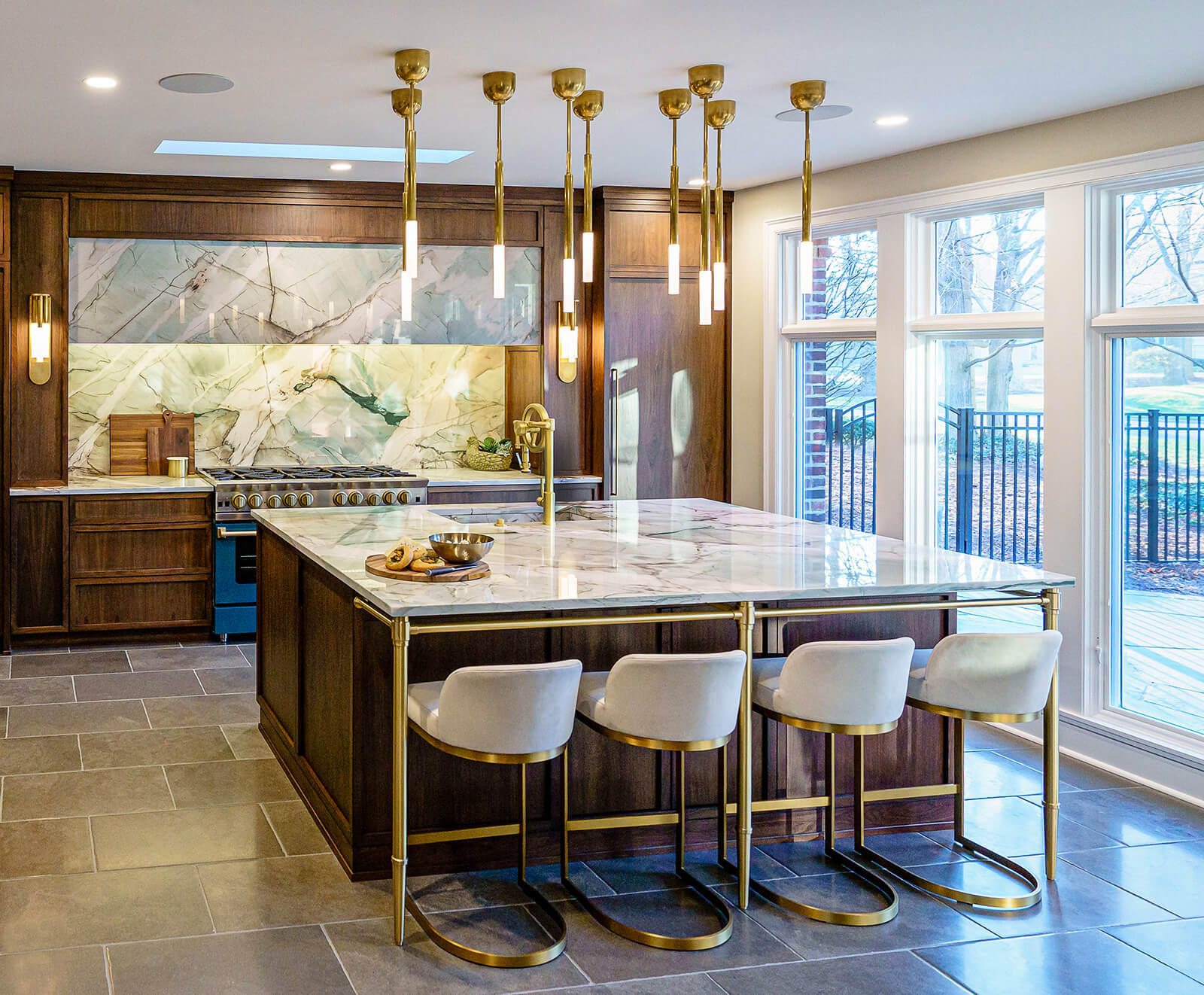Include Stability and Appeal with Tough Legs For Kitchen Island Installations
Include Stability and Appeal with Tough Legs For Kitchen Island Installations
Blog Article
An Overview to Picking the Perfect Legs For Kitchen Area Island for Your Home
Picking the suitable legs for your kitchen area island is a nuanced decision that impacts both the performance and aesthetic allure of this central space. As you take into consideration these components, it ends up being apparent that the right legs can transform not just the appearance of your kitchen however likewise its use for years to come.

Comprehending Kitchen Area Island Legs
When choosing legs for a kitchen area island, it's important to comprehend their aesthetic and useful roles in the overall style. The legs serve as a critical assistance system, making sure stability and longevity for the island, which often works as an office, eating area, or collecting area. The option of material and building and construction technique need to be durable adequate to withstand everyday use and prospective wear.
In enhancement to their architectural responsibilities, legs contribute dramatically to the island's aesthetic appeal. They can enhance the kitchen area's style, whether with standard, modern, or diverse layouts. The elevation and percentage of the legs are additionally essential considerations; they must harmonize with the island's countertop height while ensuring comfortable seating for those using the room.
In addition, the leg layout can affect the total circulation of the kitchen area. Open, ventilated leg styles can create a sense of lightness, while strong, significant legs might communicate a much more grounded and secure aesthetic - Legs For Kitchen Island. Understanding these useful and visual aspects will certainly direct house owners in making notified choices that complement their cooking area's layout and improve its usability
Popular Styles and Products
The option of legs for a kitchen area island includes a variety of preferred designs and materials, each offering one-of-a-kind features that can improve both functionality and aesthetics. Amongst the most sought-after designs are contemporary, rustic, and typical. Contemporary legs commonly feature streamlined, minimalist layouts that highlight simplicity and tidy lines, making them optimal for modern kitchen areas. Rustic styles, on the various other hand, embrace natural environments and often display recovered timber or distressed coatings, adding heat and charm to the area. Traditional legs typically exhibit luxuriant details and workmanship, enhancing classic cooking area designs.

Elevation and Stability Factors To Consider

The legs of the kitchen island must supply sufficient support, making sure that the framework can stand up to daily usage without tottering or changing. Material option plays a considerable role in stability; metal legs, for instance, often tend to offer better toughness contrasted to timber.
Matching Your Cooking Area Aesthetic
Selecting the right legs for your cooking area island goes past performance; it also plays a substantial duty in the general aesthetic of the area (Legs For Kitchen Island). When choosing legs, consider the layout style of your kitchen.
Legs that enhance or comparison with your island's surface and bordering cabinetry can develop visual harmony or striking focal factors. In addition, consider the finish of the legs; matte, glossy, or textured surfaces can considerably influence the overall feeling of the kitchen area.
Installation and Upkeep Tips
Installing cooking area island legs requires cautious attention to detail to ensure both security and aesthetic charm. Use a stud finder to find wall surface studs if you are attaching the legs to a wall surface or making use of brackets for included assistance.
When securing the legs, utilize top quality screws and, if essential, wood glue for added strength. For metal legs, make sure that you are making use of suitable anchors and devices to prevent damage to your floor covering. It is suggested to look for levelness after setup, making changes as required to avoid wobbling.
Maintenance is similarly crucial for long life - Legs For Kitchen Island. Frequently inspect the legs for visit this site right here any kind of indicators of wear or loosening, particularly in high-traffic areas. Clean the legs with an appropriate cleaner, preventing rough products that might damage the surface area. For wood legs, take into consideration applying a timber conditioner regularly to preserve their surface. By complying with these installment and upkeep pointers, you can ensure that your kitchen area island legs remain both aesthetically attractive and functional.
Conclusion
Finally, picking the ideal legs for a cooking go to this site area island requires careful consideration of elevation, security, and aesthetic compatibility. By picking ideal materials and styles that align with the total kitchen area style, functionality can be boosted while preserving visual allure. Appropriate installation and recurring maintenance further add to the toughness and durability of the kitchen island. Eventually, thoughtful leg selection plays an essential duty in raising both the practicality and layout of the kitchen room.
When choosing legs for a kitchen island, it's necessary find more to understand their aesthetic and useful roles in the general layout. Open, airy leg styles can develop a sense of lightness, while strong, significant legs may communicate an extra grounded and steady visual. The legs of the cooking area island ought to supply adequate support, making sure that the framework can endure everyday usage without tottering or shifting.Mounting cooking area island legs requires careful interest to detail to make sure both security and visual appeal.In conclusion, choosing the proper legs for a cooking area island demands mindful consideration of height, stability, and aesthetic compatibility.
Report this page